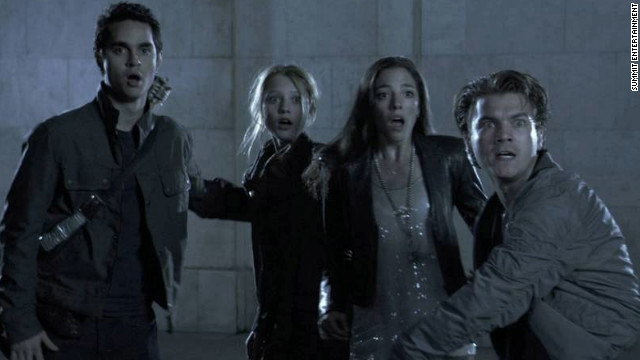 |
| Jeremy Irvine, Warhorse, Dreamworks Pictures, 2011. |
With the final film of 2011, we have come full circle in a year of cinematic beginnings. Those discoveries are constant and within us all. Spielberg's Warhorse is unquestionably one of the milestones of his career, an intimate epic which gets absolutely everything right. Spielberg rarely achieves this cinematic state of bliss; E.T. the Extra Terrestriel, The Color Purple and Minority Report are examples of Spielberg's supreme gift in perfect accordance with his instruments at hand. All his pictures are phenomenal in some way; he's just one of those directors, one of the greatest we've ever had.
Warhorse is a riveting "period piece" which grasps our hearts, eyes and minds from first frame to last. The story of Joey, a gorgeous thouroughbred in the English farmlands on the verge of World War One. How exactly Joey passes from owner to owner (portrayed exceptionally well by newcomers Jeremy Irvine, David Cross, Celine Buckens, Tom Hiddleston and Robert Emms) ? It all starts with Emily Watson and Peter Mullan, lending a further Fordian feel with their homestead patriarchal and matriarchal positionings. Unfolding in a narrative unusually crease free and ultimately elegiac, Spielberg tips his hat to his cinematic forefathers; John Ford, David Lean and Victor Fleming are all paid tribute to; the fury of The Searchers, Lawrence of Arabia and Gone With the Wind still courses through his, and his remarkable new film's, veins.
Janusz Kaminski lights up the skies with a wonder which can be blinding. Warhorse contains some of the most unearthly, beautiful sequences and shots in recent memory.John Williams' score is wondrous, one of the best of his career. All of Spielberg's controversial instincts as a master visual storyteller come to the fore, and they work. A master's homage to the epic, war film and western, Warhorse is an instant classic.













